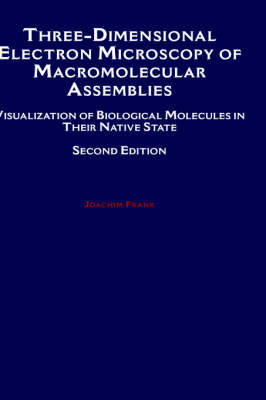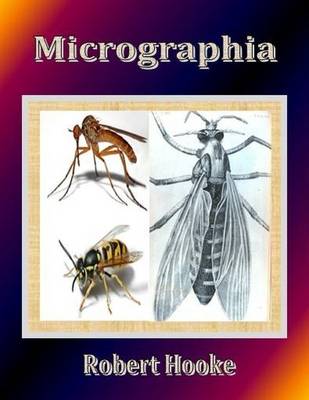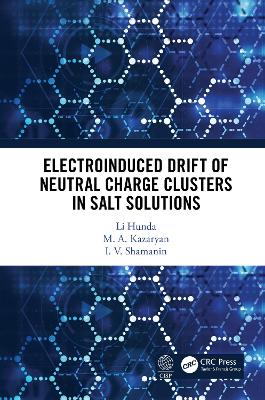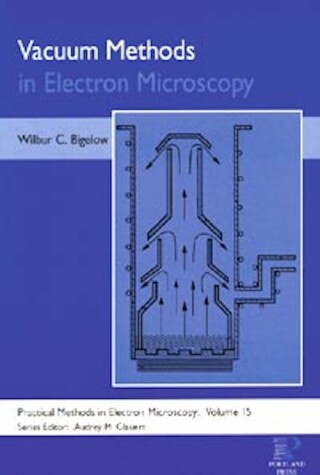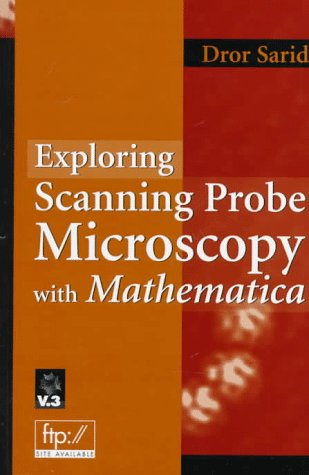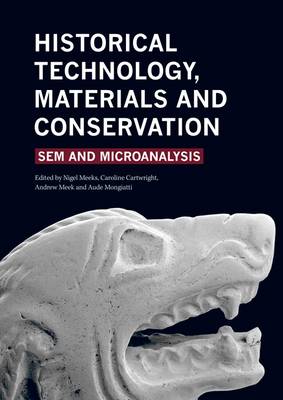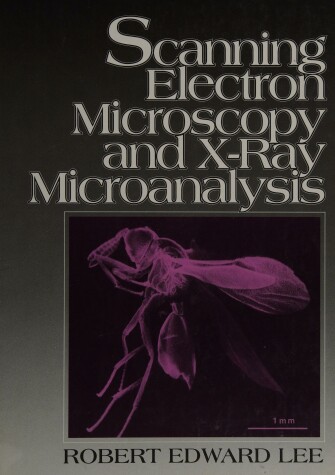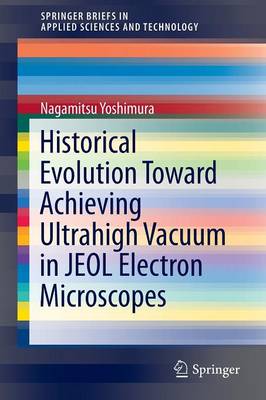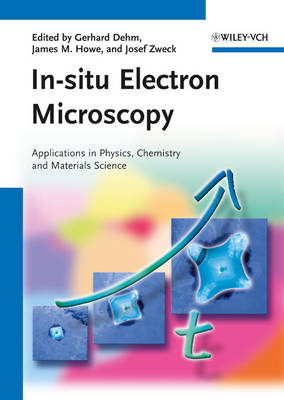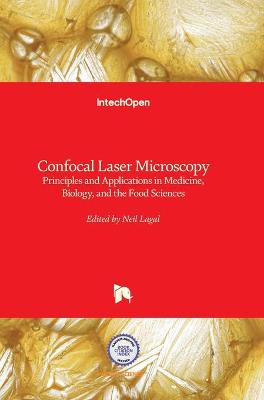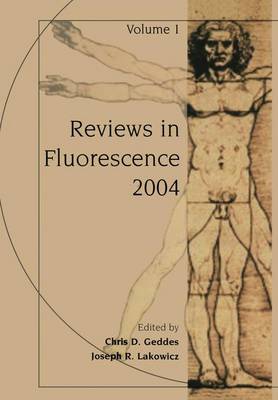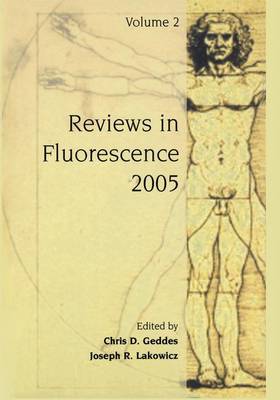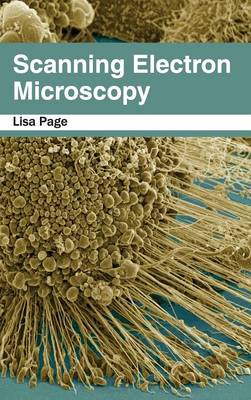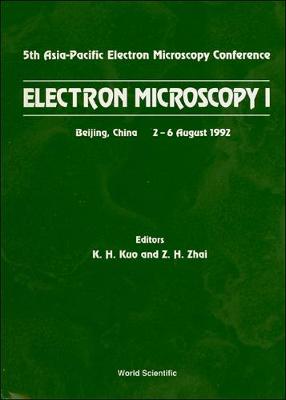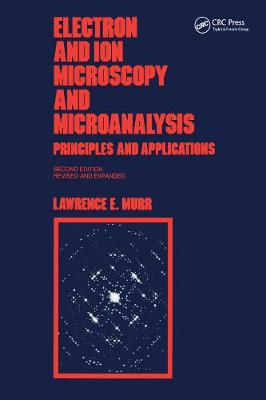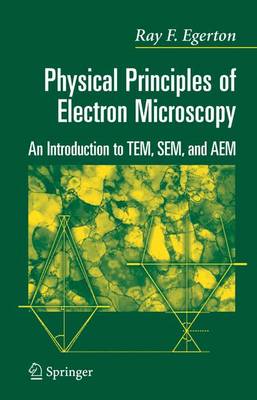Biomedical Research Applications of Scanning Electron Microscopy
Electron Holography (North-Holland Delta)
Electron holography is a very powerful technique which uses the phase information in the electron image to study fundamental physics of matter at the micrometer to nanometer scale, or even to Angstrom scale. A few years ago, successful examples of electron holography included confirmation of Aharonov-Bohm (AB) effect and direct visualization of magnetic fields not only outside but also inside of magnetic materials. Since then, fields of application of electron holography have expanded from solid...
Three-Dimensional Electron Microscopy of Macromolecular Assemblies
by Joachim Frank
Cryoelectron microscopy of biological molecules is among the hottest growth areas in biophysics and structural biology at present, and Frank is arguably the most distinguished practitioner of this art. CryoEM is likely over the next few years to take over much of the structural approaches currently requiring X-ray crystallography, because one can now get good and finely detailed images of single molecules down to as little as 200,000 MW, covering a substantial share of the molecules of greatest...
Micrographia Or Some Physiological Descriptions Of Minute Bodies Made By Magnifying Glasses. With Observations and Inquiries Thereupon By Robert Hooke. Fellow of the ROYAL SOCIETY. By the Council of the ROYAL SOCIETY of London for Improving of Natural Knowledge.
Electroinduced Drift of Neutral Charge Clusters in Salt Solutions
by Li Hunda, M. A. Kazaryan, and I.V. Shamanin
Electroinduced Drift of Neutral Charge Clusters in Salt Solutions presents studies of the processes accompanying the effect of periodic electric and magnetic fields on salt solutions in polar dielectric liquids. The authors explain phenomena from a physical point of view, without theoretical constructions and mathematical calculations. This is done in order to make the book accessible to a wide audience and to help the reader navigate in a multilateral topic that is touched upon when studying...
Vacuum Methods in Electron Microscopy (Practical Methods in Electron Microscopy, #15)
by Wilbur C. Bigelow
This book/software edition provides a complete set of computational models that describe the physical phenomena associated with scanning tunneling microscopy, atomic force microscopy, and related technologies. Its self-contained presentation spares researchers the valuable time spent hunting through the technical literature in search of prior theoretical results required to understand the models presented. Mathematica code for all examples is included both in the book and at the accompanying ftp...
Recent Advances in Electron Cryomicroscopy, Part A (Advances in Protein Chemistry and Structural Biology)
Structural genomics is the systematic determination of 3-D structures of proteins representative of the range of protein structure and function found in nature. The goal is to build a body of structural information that will predict the structure and potential function for almost any protein from knowledge of its coding sequence. This is essential information for understanding the functioning of the human proteome, the ensemble of tens of thousands of proteins specified by the human genome. W...
Historical Technology, Materials and Conservation
Elektronenmikroskopie Und Festkörperphysik (Sitzungsberichte der Akademie der Wissenschaften der Ddr, #199010)
Acknowledged as the "founding father" of and world renowned expert on electron cyclotron resonance sources Richard Geller has produced a unique book devoted to the physics and technicalities of electron cyclotron resonance sources. Electron Cyclotron Resonance Ion Sources and ECR Plasmas provides a primer on electron cyclotron phenomena in ion sour
Holographic Microscopy of Phase Microscopic Objects
by Tatyana Tishko, Tishko Dmitry, and Titar Vladimir
This book describes the developmental history of the vacuum system of the transmission electron microscope (TEM) at the Japan Electron Optics Laboratory (JEOL) from its inception to its use in today’s high-technology microscopes. The author and his colleagues were engaged in developing vacuum technology for electron microscopes (JEM series) at JEOL for many years. This volume presents a summary and explanation of their work and the technology that makes possible a clean ultrahigh vacuum. The t...
Perspectives on Solid State NMR in Biology (Focus on Structural Biology, #1)
Solid state NMR is rapidly emerging as a universally applicable method for the characterization of ordered structures that cannot be studied with solution methods or diffraction techniques. This proceedings -; from a recent international workshop - captures an image of the latest developments and future directions for solid state NMR in biological research, particularly on membrane proteins. Detailed information on how hormones or drugs bind to their membrane receptor targets is needed, e...
In-situ Electron Microscopy
Adopting a didactical approach from fundamentals to actual experiments and applications, this handbook and ready reference covers real-time observations using modern scanning electron microscopy and transmission electron microscopy, while also providing information on the required stages and samples. The text begins with introductory material and the basics, before describing advancements and applications in dynamic transmission electron microscopy and reflection electron microscopy. Subsequen...
Reviews in Fluorescence 2004 (Reviews in Fluorescence, #2004)
by Chris D Geddes
Reviews in Fluorescence 2005 (Reviews in Fluorescence, #2005)
Last year we launched Volume 1 of the Reviews in Fluorescence series. The volume was well-received by the fluorescence community, with many e-mails and letters providing valuable feedback, we subsequently thank you all for your continued support. After the volume was published we were most pleased to learn that the volume is to be citable and indexed, appearing on the ISI database. Subsequently, as well as the series having an impact number in due course, individual chapters will appear on the d...
The publication date of the first edition is not stated, but the new edition is apparently considerably revised and expanded. It was written to serve as a multi-purpose text at the senior or graduate level and as a reference for the practicing scientist or engineer. Readers should have a math backgr

